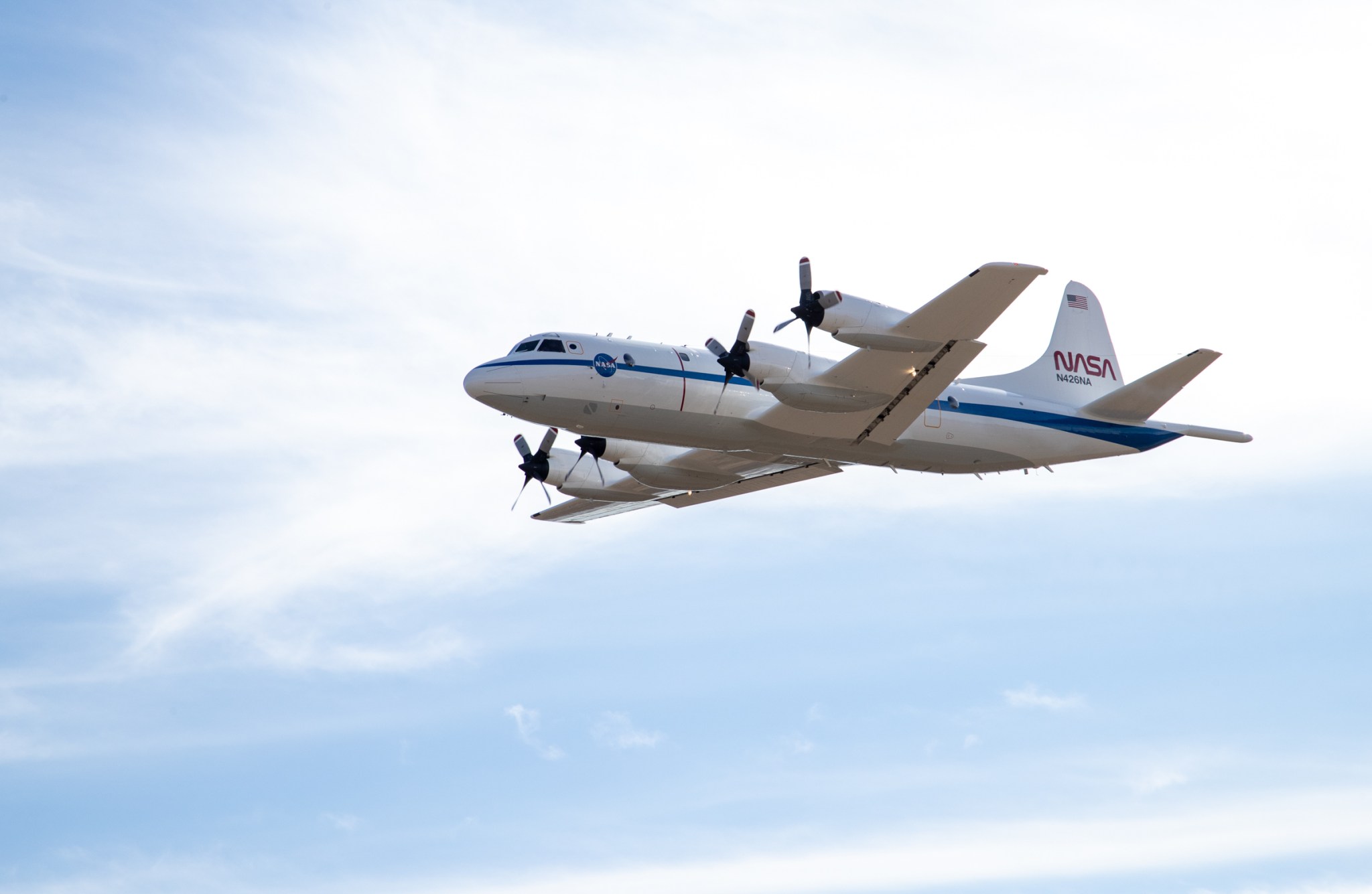NASA Aircraft to Make Low-Altitude Flights in Mid-Atlantic, California
- NASA’s P-3 Orion aircraft and Dynamic Aviation’s King Air B200 will conduct low-altitude atmospheric research flights from June 22 to July 2, 2025.
- The flights will take place over parts of the East Coast (Baltimore, Philadelphia, Richmond) and West Coast (Los Angeles Basin, Salton Sea, Central Valley in California).
- Pilots will operate the aircraft at altitudes lower than typical commercial flights, performing specialized maneuvers such as vertical spirals and circling above power plants and urban areas.
- The Student Airborne Research Program (SARP) is an eight-week summer internship program that provides undergraduate students with hands-on experience in atmospheric research.
- The program aims to expose STEM students to real-world data gathering within a dynamic flight environment, while also conducting complex and restricted airspace flights under tight coordination and crew resource management.
2 min read
Preparations for Next Moonwalk Simulations Underway (and Underwater)
From Sunday, June 22 to Wednesday, July 2, two research aircraft will make a series of low-altitude atmospheric research flights near Philadelphia, Baltimore, and some Virginia cities, including Richmond, as well as over the Los Angeles Basin, Salton Sea, and Central Valley in California.

Pilots will operate the aircraft at altitudes lower than typical commercial flights, executing specialized maneuvers such as vertical spirals between 1,000 and 10,000 feet, circling above power plants, landfills, and urban areas. The flights will also include occasional missed approaches at local airports and low-altitude flybys along runways to collect air samples near the surface.
The East Coast flights will be conducted between June 22 and Thursday, June 26 over Baltimore and near Philadelphia, as well as near the Virginia cities of Hampton, Hopewell, and Richmond. The California flights will occur from Sunday, June 29 to July 2.
The flights, part of NASA’s Student Airborne Research Program (SARP), will involve the agency’s Airborne Science Program’s P-3 Orion aircraft (N426NA) and a King Air B200 aircraft (N46L) owned by Dynamic Aviation and contracted by NASA. The program is an eight-week summer internship program that provides undergraduate students with hands-on experience in every aspect of a scientific campaign.
The P-3, operated out of NASA’s Wallops Flight Facility in Virginia, is a four-engine turboprop aircraft outfitted with a six-instrument science payload to support a combined 40 hours of SARP science flights on each U.S. coast. The King Air B200 will fly at the same time as the P-3 but in an independent flight profile. Students will assist in the operation of the science instruments on the aircraft to collect atmospheric data.
“The SARP flights have become mainstays of NASA’s Airborne Science Program, as they expose highly competitive STEM students to real-world data gathering within a dynamic flight environment,” said Brian Bernth, chief of flight operations at NASA Wallops.
“Despite SARP being a learning experience for both the students and mentors alike, our P-3 is being flown and performing maneuvers in some of most complex and restricted airspace in the country,” said Bernth. “Tight coordination and crew resource management is needed to ensure that these flights are executed with precision but also safely.”
For more information about Student Airborne Research Program, visit:
https://science.nasa.gov/earth-science/early-career-opportunities/student-airborne-research-program/
By Olivia Littleton
NASA’s Wallops Flight Facility, Wallops Island, Va.
